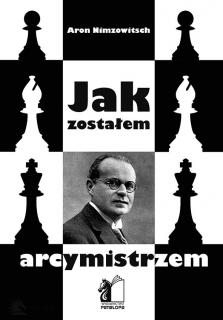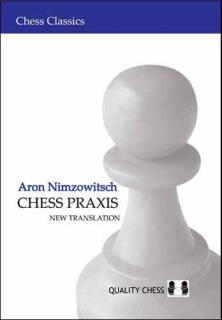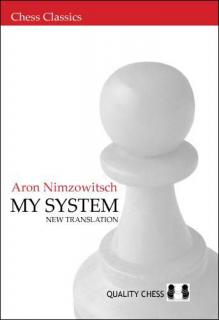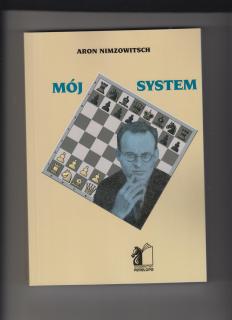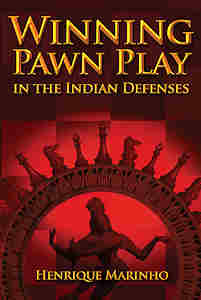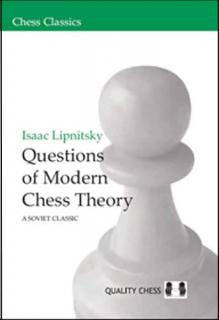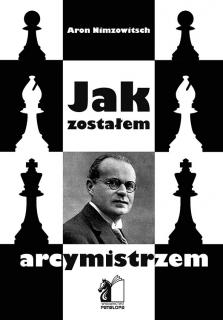
Jak zostałem Arcymistrzem - A. Nimzowitsch
Martin SurmanŁamigłowki debiutoweWydawnictwo PENELOPAWarszawa 2013 r.Łamigłówki debiutowe to 600 praktycznych kombinacji zebranych z wyjątkowo krótkich i najbardziej interesujących miniaturek szachowych. W każdym zadaniu są dwa rózne posunięcia i należy wybrać to właściwe. Jedno z rozwiązań jest prawidłowe i umożliwia dalszą, w miarę wyrównaną grę. Drugie rozwiązanie prowadzi do natychmiastowej przegranej. Partia kończy się znaczną przewagą materialną i w wielu pozycjach matem.Wszystkie zadania są posegregowane według klasyfikacji kodów w otwarciach szachowych, co umożliwia zrozumienie w jakich wariantach mogą powstawać ciekawe pułapki zarówno dla białych, jak i dla czarnych.Wygranie partii w kilku, czy kilkunastu posunięciach daje zawsze dużą satysfakcję, ale należy być czujnym, aby samemu nie przegrać w podobny sposób.Książka kończy się zestawieniem wszystkich prawidłowych rozwiązań. Życzymy przyjemnej i owocnej lektury!
- Sklep: Imperium Zabawek - Twój sklep z zabawkami Warszawa - Hurtownia
- Kategoria: Zabawki i klocki dla Nastolatków i Dorosłych/Szachy/KSIĄŻKI - PO POLSKU
- Dostępność: na stanie
- Zaktualizowany: 8.5.2025
- Cena: 28.98 zł
